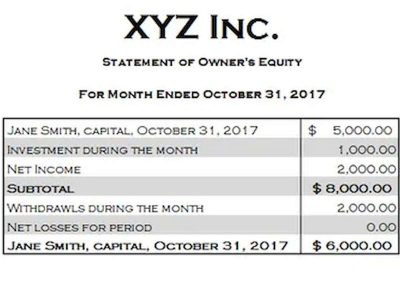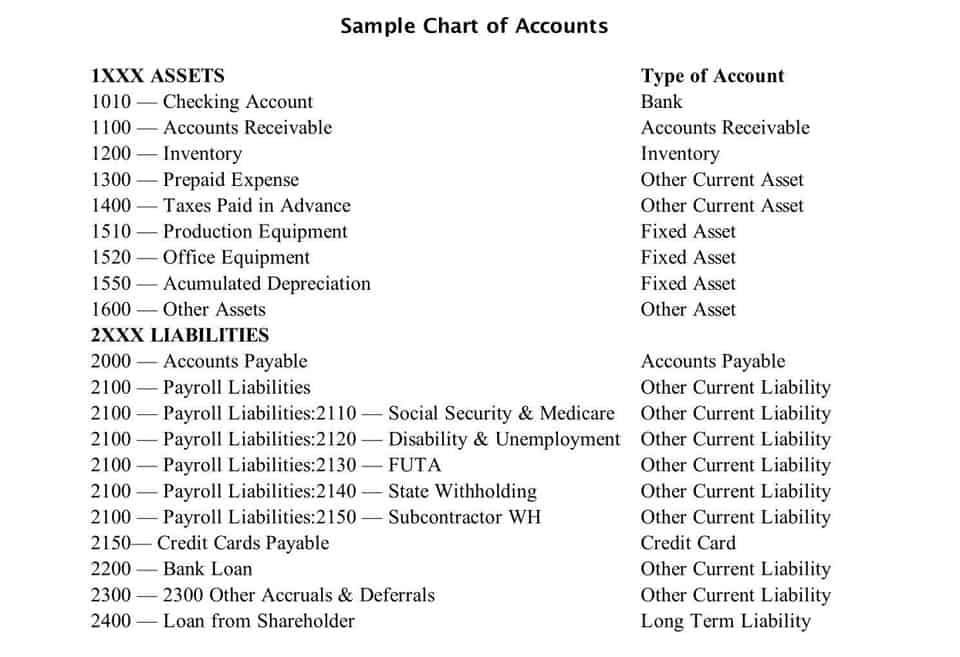Note receivable: Definition, Explanation, Journal entry, and Example

So we’re still going to multiply the principal, $2000 times the interest rate 8% which is 0.08, but now we’re going to multiply by the time factor. We still don’t get a whole year’s worth, we get 9 months, months but we’re talking in months. So we’re not going to talk about 360 days anymore, we’re going to talk about 12 months. So in this case, we’re going to have it for 9 out of the 12 months, right? So let’s see how much total interest will be earned in this case.
How notes receivable are recorded in accounting
Notes receivable represent a legal promise to receive money from another party at a future date. For your business, notes receivables are assets, as they signify money owed Certified Bookkeeper to you. Businesses use notes receivable to secure payments from customers or others, but it can reduce cash flow in the short term. When a customer does not pay an account receivable that is due, the company may insist that the customer gives a note in place of the account receivable.

What is notes receivable?
However, you won’t typically see them listed specifically but rather included as part of your company’s accounts receivable. Notes receivable can convert to accounts receivable, asillustrated, but accounts receivable can also convert to notesreceivable. The transition from accounts receivable to notesreceivable can occur when a customer misses a payment on ashort-term credit line for products or services. In this case, thecompany could extend the payment period and require interest. The examples provided account for collection of the note in fullon the maturity date, which is considered an honored note. But whatif the customer does not pay within the specified contract length?
- These are the note’s principal, maturity date, duration, interest rate, and maturity value.
- Interest income is recognized over time as it accrues, ensuring alignment with the revenue recognition principle.
- MPC has to write off the remaining balance of the note with interest due.
- The related interest income from the note receivable is recorded in the income statement.
- You are the owner of a retail health food store and have severallarge companies with whom you do business.
Time Value of Money
This has no immediate impact on cash flow, but it does further delay the inflow of cash. Accounts receivable, like notes receivable, impact cash flow by delaying the receipt of cash from customers. However, their impact is generally more immediate and shorter-term. The customer issues a promissory note to formalize the agreement, and the business enters it in its ledger as notes receivable.

What is a trade receivable?
The journal entry for interest on a note receivable is to debit the interest income account and credit the cash account. As a quick note, in this article we are mainly concerned with accounting for notes receivable; however, the concepts that we will consider apply equally well to notes payable. Before the relevant accounting period, estimate the proportion of annual revenue you expect to be unable to collect. Include a credit entry for “allowance for uncollectible accounts” in your accounts (set off by the same amount debited to “bad debt expense”).

The time factor is the fraction of the year the note is outstanding. Notes receivable are also known as promissory notes receivable. The payee is the party who receives payment what are notes receivable under the terms of the note, and the maker is the party obligated to send funds to the payee. The amount of payment to be made, as listed in the terms of the note, is the principal. Both accounts receivable and notes receivable can be used to generate immediate cash.
- So this is generally going to have to be given and we’re also going to multiply it by a time factor.
- If a customerapproaches a lender, requesting $2,000, this amount is theprincipal.
- You should always allow some contingency for this, as it’s common for a small percentage of debts to go bad.
- The person to whom the payment is to be made is called the payee.
- Factoring trade receivables is a financial arrangement where a business sells a receivable to a third-party company, known as a factor, in exchange for immediate cash.
How do you recognize notes receivable?
We need the frequency of a year because the interest rate is an annual rate and we may not want interest for an entire year but just for the time period of the note. If the note receivable is due within a year, it’s treated as a current asset, treated as non-current assets. The implied interest rate is calculated to be 5% and the note’s interest component (rounded) is $2,165 (), which is the difference between the cash lent and the higher amount of cash repaid at maturity. Below is the schedule for the interest and amortization calculations using the effective interest method. Finally, at the end of the 3 month term the note receivable is honored by the customer together with the accrued interest, and the following journal completes the transaction. They are typically short-term and tend to be interest-free, though overdue accounts may incur fees or interest charges.

Many business calculators require the use bookkeeping of a +/- sign for one value and no sign (or a positive value) for the other to calculate imputed interest rates correctly. Consult your calculator manual for further instructions regarding zero-interest note calculations. As shown above, the note’s market rate (12%) is higher than the stated rate (10%), so the note is issued at a discount.


